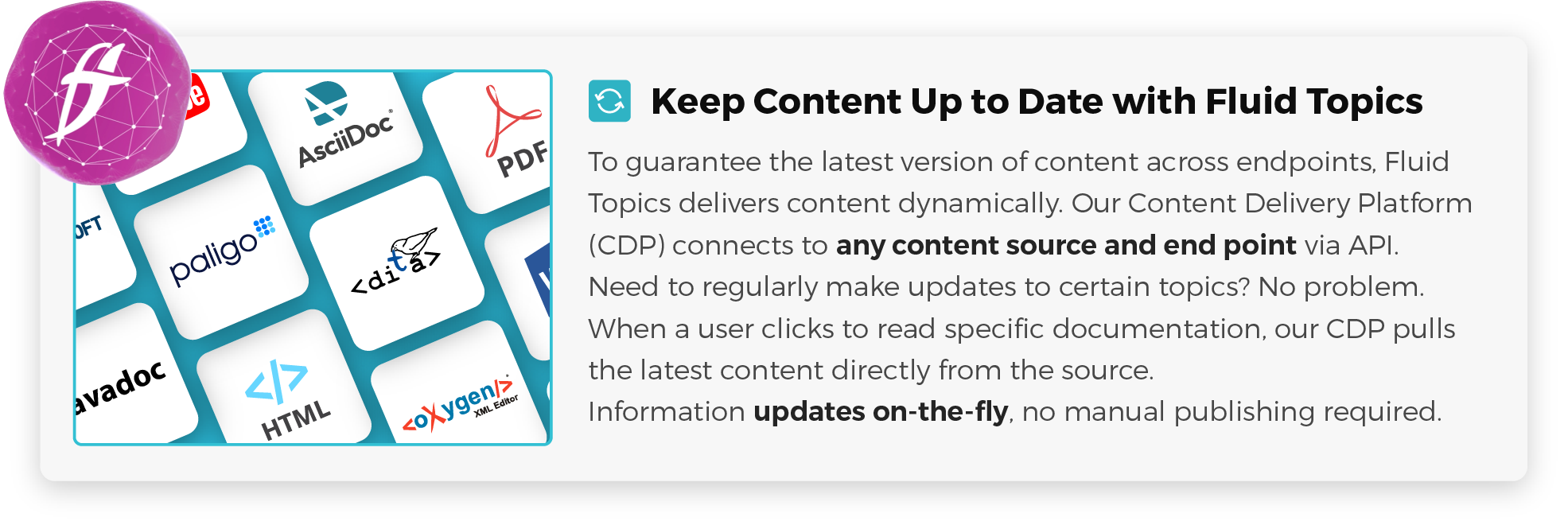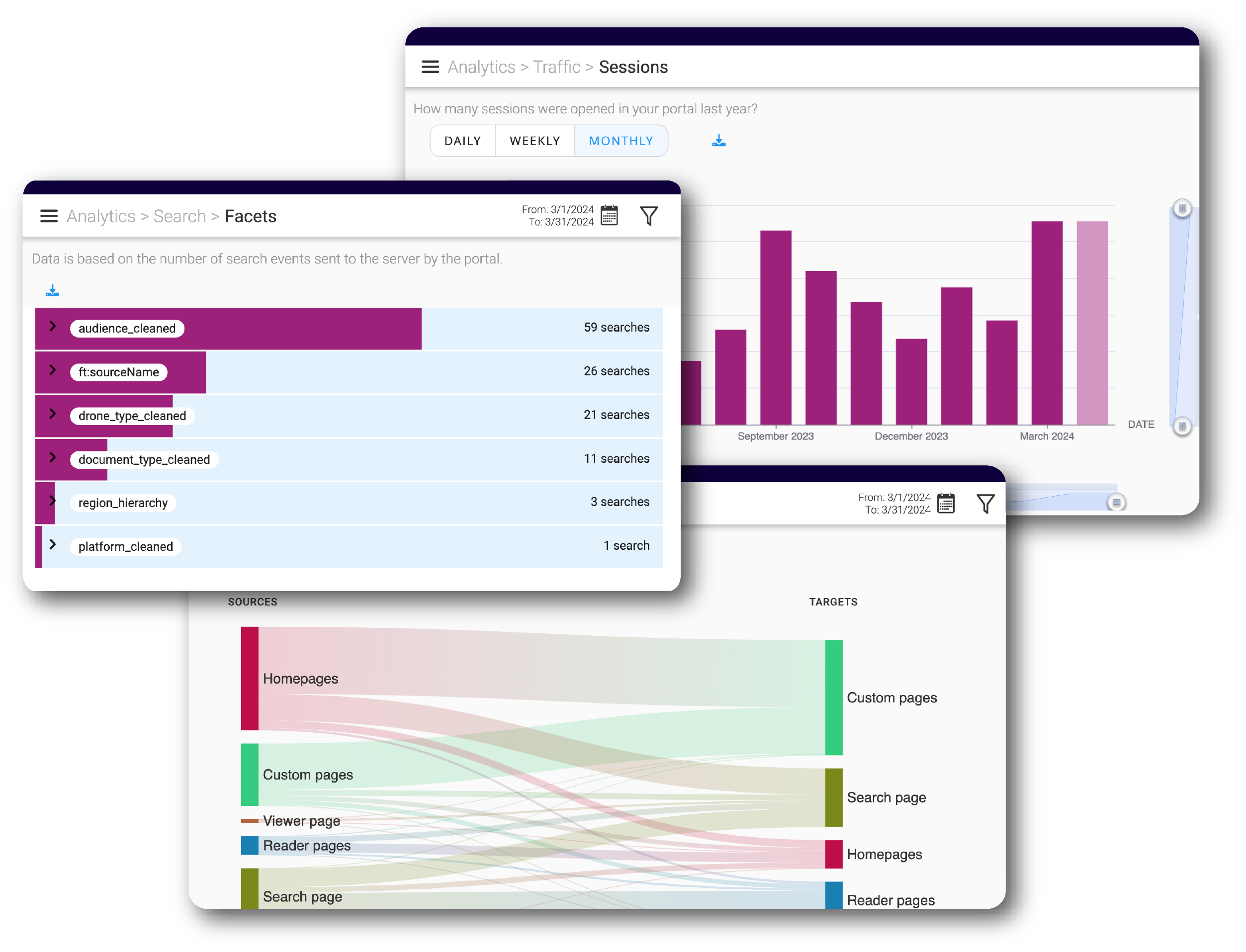It’s time to set the record straight. While businesses believe that 60% of their customers want self-service options, the reality is that 81% of users want to self-serve. In parallel, companies generally believe customers are highly satisfied with their self service offers. However, the truth is that only 15% of users would agree. So, it turns out, most of us don’t hear customers when they say they want more and better self-service tools. To help you respond to these customer demands, we’ve outlined everything you need to know about setting up, optimizing, and modernizing your self-service customer support tools.
What is Self-Service Customer Support?
Customer self-service is a type of user support where customers solve their problems autonomously without the intervention of a support agent. Companies provide various tools to help customers engage in self-service and avoid support tickets such as documentation portals or knowledge bases.
Documentation portals and knowledge bases are digital hubs that contain self-service content to troubleshoot problems, such as technical documentation, knowledge base articles, FAQs, installation guides, product manuals, and more.
Benefits of Customer Self-Service
Implementing customer self-service options can provide significant advantages for companies. Here are five key benefits.
Increased Customer Satisfaction
Self-service empowers customers to independently search for and access solutions to their problems, significantly reducing the time it takes to resolve their issues. This immediate access to information eliminates the need for waiting on hold or navigating through various support channels, which often leads to frustration.
Reduced Support Costs
The argument for implementing self-service options is simple: it’s cheaper for users to resolve problems independently than for them to talk to support agents. Each successful self-service operation leads to significant cost savings per interaction. Plus, with 65% of support teams reporting fewer calls after investing in self-service, support reps have more time to respond to complex issues.

Improved Support Scalability
As your business expands so does your customer base. Avoid a significant increase in support tickets by employing customer self-service options. These tools provide 24/7 support to users worldwide in any language, making it easier to help multiple users simultaneously. Therefore, your business can expand its support reach without putting the burden on your team or increasing personnel.
Streamlined Onboarding Process
Providing a smooth and user-friendly onboarding process is one of the first interactions customers have with your company. Therefore, it must be seamless to ensure product adoption. Digital self-service onboarding is a great way to supplement any manual onboarding because companies can provide all training materials, tools, and content in a central, easily accessible location. This provides users with a personalized, flexible experience to help them become experts in your product.

Optimized Customer Journey Insights
Self-service tools unlock valuable insights into the effectiveness of your documentation, providing a deeper understanding of how customers interact with your resources. By leveraging content analytics such as the most and least read documents, you can optimize the user experience and alleviate pain points. Additionally, tracking search terms that yield no results offers a direct window into unmet customer needs and gaps in your content. These insights enable you to refine and enhance your documentation, ensuring that it is more aligned with customer expectations, thereby improving the user experience and addressing potential frustrations before they escalate
Implementing a Successful
Self-Service Strategy
To take advantage of these benefits, all that remains is to start offering self-service support to your customers. If you’re not sure where to begin, here are three essential steps to success.
Centralize Content
Company knowledge is often scattered, spread across various systems, formats, and repositories. This fragmentation makes it challenging for businesses to deliver that content effectively.
To deliver effective self-service, the first step is to consolidate your information and resources into a centralized repository. With everything unified in one location, it becomes easier to offer targeted, personalized content across all your channels. This approach ensures that users can quickly find what they need to troubleshoot issues, learn about products, alleviate frustrations, and minimize their reliance on live support.
Build a Customer Portal
One of the critical elements of successful self-service is customer portals. Self-service portals empower users to control how they engage with a business and its documentation: search for helpful content, check the latest product updates, interact with knowledge documents, and submit support requests. With this in place, your easy-to-access content serves as a tool to prevent and deflect unnecessary support tickets.
Add an AI-Powered Search Engine
To enhance self-service customer support, adding an AI-powered search engine is essential. This advanced tool allows users to quickly find the answers they need by searching your knowledge base in a smarter, more intuitive way. Unlike traditional search engines, AI-driven search understands natural language, context, and intent, making it easier for customers to get accurate, relevant responses without needing to navigate complex menus or contact support. This not only improves the user experience but also reduces the workload on your support team by handling common queries more efficiently.
Best Practices for Customer Self-Service
There are plenty of ways to optimize how your customers support themselves. We’ve gathered the top seven practices to put in place.
Make Relevant Content Easy to Find
To optimize the ease with which customers find relevant content in a self-service platform, it’s essential to employ advanced tools such as a semantic-based search engine and Retrieval-Augmented Generation (RAG). A semantic search engine goes beyond simple keyword matching by understanding the context and intent behind user queries, delivering more precise and relevant results.
This technology ensures that users are directed to the most useful content, even if their search terms are ambiguous or varied. Complementing these technologies with a robust metadata strategy ensures that content is accurately tagged and categorized, making it easier for the search engine to index and retrieve relevant information.
Regularly Update Self-Service Resources
Your self-service content is only useful if it’s up to date to provide the answers that users need today. Inaccurate or outdated information will create customer confusion and frustration. Keep content updated and ensure that any changes are reflected across self-service systems.

Configure a User-Friendly Interface
Companies must design an intuitive user interface for a smooth self-service experience. There are various ways to customize and design different knowledge base or documentation portal solutions. Some require a higher level of technical intervention while others, like Fluid Topics, offer an intuitive WYSIWYG editor allowing companies to customize their portal branding and features. From page creation to interface design, local adaptivity, AI capabilities, and more, it’s important to consider how you want to build your user experience when choosing self-service solutions.
Offer a Native Mobile Experience
Your customers need to access your content and receive the same great experience no matter the device they’re on. 88% of users expect mobile-responsible self-service options from companies. This is particularly true for field service and maintenance engineers who need rapid access to content on mobile phones or tablets to limit downtime and meet SLAs. You must make sure your self-service is consistent across documentation formats (text, 2D, 3D, multimedia, etc.) and devices (laptop, tablet, smartphone, AR-VR goggles,). If you achieve that, you’ll provide an efficient, reliable, and intuitive customer experience.
Facilitate Case Deflection
Ticket deflection, or case deflection, refers to reducing the number of support tickets by helping customers solve problems on their own through self-service channels. Case deflection aims to provide accessible, relevant content so users don’t need to reach out to a company’s support representatives. Facilitate ticket deflection from your help desk by using advanced search capabilities to proactively suggest content related to the user’s problem. By offering personalized and relevant suggestions, users are guided to the documentation needed to solve issues on their own. The user then confirms whether the recommendation was useful. If yes, then a ticket is avoided. As a result, ticket deflection enhances agent productivity, lowers support costs, and increases both agent and customer satisfaction.
Integrate AI Capabilities
It wouldn’t be a competitive list of best practices without mentioning how AI should play a role in your self-service options.
New Search Abilities: AI innovations are expanding the ways users find answers and information. Applications in voice and visual search are already becoming more available and accurate. With computer vision, customers can use machine part images to search for the right product manual version rather than using text.
Content Experience: Create new GenAI-enabled ways for users to interact with content and troubleshoot their issues faster. Offer options to summarize documentation, explain complex sections of code, and extract key information like tools needed for a specific engineering procedure. All of these will increase user engagement and enhance self-service.
RAG Chatbots: Integrate AI-enabled chatbots to provide natural human-like responses to customer questions. By upgrading them with RAG capabilities connected to your knowledge content, they provide relevant, accurate, up-to-date responses. This helps users answer their questions even faster.
Recommendation Systems: With AI Machine Learning, your search engine studies customer patterns and behavior to optimize and personalize content recommendations for their profile, role, and needs.
Gather Data and Analyze Customer Feedback
To optimize your self-service, you must monitor the efficiency of your content and engage in regular content updates to improve your customer support. No, we’re not talking about Google Analytics-style metrics for marketing operations. You need dedicated content data that provides insights into how efficient your documentation is at helping customers self-serve. What kind of metrics are useful for this?
- Searches with no results
- Most and least read topics
- User ratings per topic
- Average time spent reading a section
Analyze this data to determine how your technical writers can continue to optimize content for self-service customer support. The more useful the content, the better customers will be able to solve their problems on their own, boosting ticket deflection.

Conclusion
The truth is simple: customers want to self serve. With benefits like increased customer satisfaction, improved support scalability, reduced support costs, and a streamlined onboarding process, it’s clear why self-service is the future of customer support. Use our best practices to get started, and if you have additional questions or needs, let Fluid Topics support and develop your self-service offers.
Latest post




